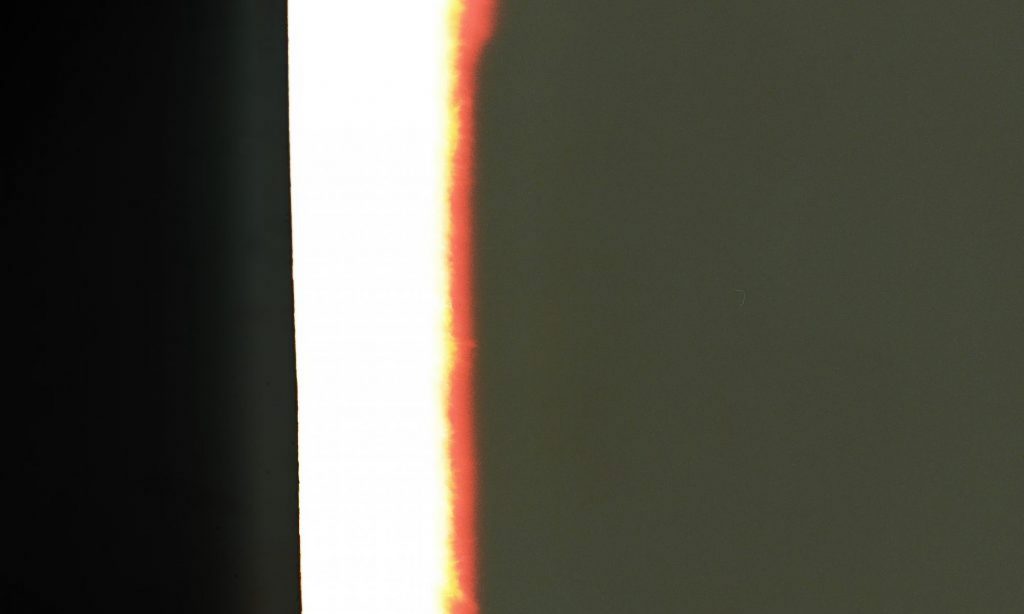



I take photos of people and the moon



SHOOTING ON FILM. Standing out from the creative crowd with CineLab.









I went back through my notes on the Sarabande Session with Amy Jackson, Fiona Lamptey and Olivier Kaempfer and what they were saying about finding your own voice and thinking about what kind of short you should make in terms of developing your style and established yourself as a kind of storyteller. (Genre, story, style)What is your voice?







